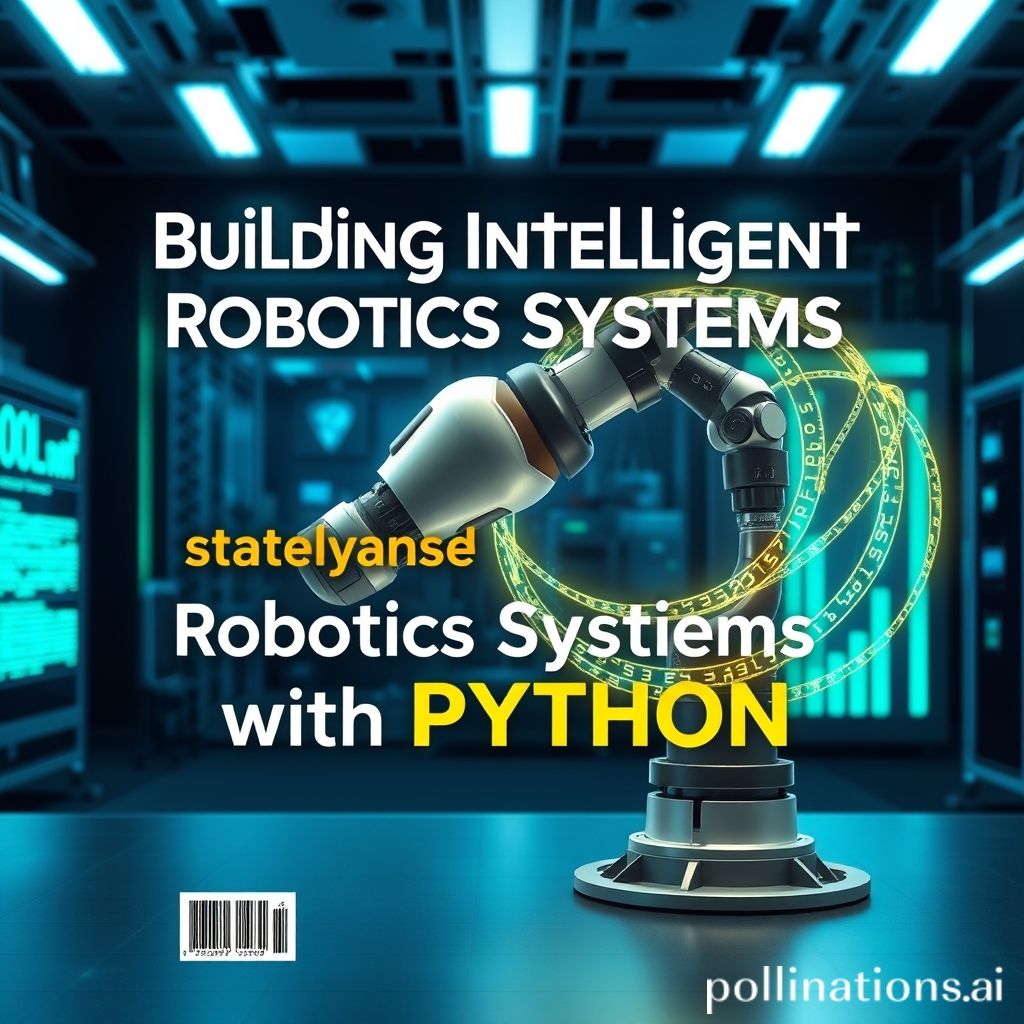
Building Intelligent Robotics Systems with Python
The rapid advancement of robotics and artificial intelligence has made Python one of the most popular programming languages for developing intelligent robotics systems. This article explores how Python can be utilized to build sophisticated robotics applications that can perform complex tasks.
Why Choose Python for Robotics?
Python offers several advantages when it comes to robotics development:
- Easy to Learn: Python’s simple syntax and readability make it an excellent choice for beginners in robotics.
- Rich Libraries: Python boasts a vast collection of libraries, making it easier to implement complex algorithms and functions.
- Strong Community Support: A large community of developers contributes to Python’s resources, providing tutorials, forums, and documentation.
- Cross-Platform Compatibility: Python is compatible with multiple operating systems, streamlining development efforts across different platforms.
Key Libraries for Robotics Development
Several Python libraries are specifically designed to facilitate robotics development:
- ROSPy: The Python client library for ROS (Robot Operating System), which provides tools for building robotic applications.
- OpenCV: A library focused on computer vision, enabling robots to interpret visual data from their environment.
- TensorFlow: An open-source library for machine learning that can be integrated into robotics systems for decision-making processes.
- Pygame: A library that helps in creating interactive applications, useful for simulating robotic behaviors and environments.
Steps to Build an Intelligent Robotics System
Building a robotics system involves several steps:
- Define the Problem: Clearly outline what you want the robot to accomplish, whether it’s navigation, object recognition, or task automation.
- Design the System: Create a blueprint of the system architecture, including hardware and software components.
- Select Hardware: Choose appropriate sensors, actuators, and microcontrollers that suit your project requirements.
- Develop Software: Write Python code to integrate the hardware and implement algorithms that control the robot’s behavior.
- Testing and Iteration: Test the system in real-world scenarios, and iterate based on performance and feedback to enhance functionality.
Real-World Applications
Python-driven robotics systems are being used in various domains:
- Healthcare: Robots assist in surgeries, patient care, and rehabilitation, enhancing efficiency and precision.
- Industrial Automation: Robots streamline manufacturing processes, reducing human error and enhancing productivity.
- Research: Python is used for robotic simulations, enabling researchers to test theories in controlled environments.
- Education: Educational robots programmed with Python help students learn coding, robotics, and problem-solving skills.
Conclusion
With its simplicity and robust libraries, Python is an ideal choice for building intelligent robotics systems. By leveraging Python’s capabilities, developers can create versatile and efficient robots that can learn and adapt to their environments, paving the way for innovative applications in multiple sectors.
